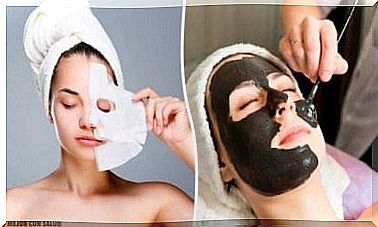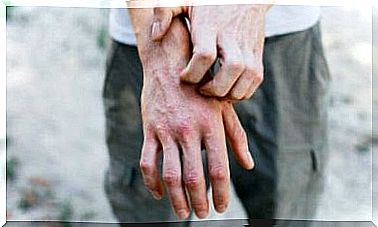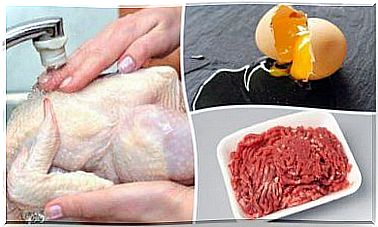A Guide To Industrial Piercing And Finishing
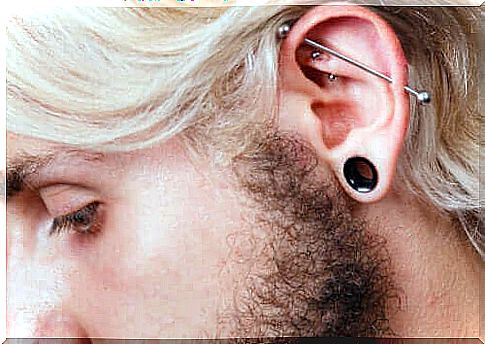
Accessories such as industrial piercings continue to be a big part of modern body decorations year after year. This is because people place great emphasis on their appearance, as it helps them express themselves in terms of taste, self-image, personality and of course freedom.
Piercing is successfully incorporated into the fashion world to enhance diversity, highlight certain areas of the body, customize the image according to each individual’s personality and encourage originality. It is a clear visual intention, so the ears are one of the most chosen places for piercing.
The location of an industrial piercing is usually the cartilage in the upper part of the ear. The main characteristic is that two piercings are connected. This is usually because they are connected through the same metal rod that goes through the two holes.
Let’s take a closer look at this type of piercing, what it entails, and how we should take care of it.
The procedure for industrial piercing
It must be a well-planned step-by-step procedure that takes safety into account.
It is important to emphasize that this is easy and only takes a few minutes as long as a trained professional does. The proper procedure for piercing is as follows:
- The piercer must disinfect the entire area to be pierced, as well as the jewelry, needles and gloves they are to use. This is important to prevent infections.
- Then they draw the two points to be pierced. This is mainly so that the professional can advise on the most appropriate places to sting, so that the person to be pierced can make a final decision.
- Then they use a hollow needle to open the first hole in its entirety, and then perforate the second hole with another needle.
- Finally, they pierce the two holes with an industrial bar and place a round jewel or ball at each end.
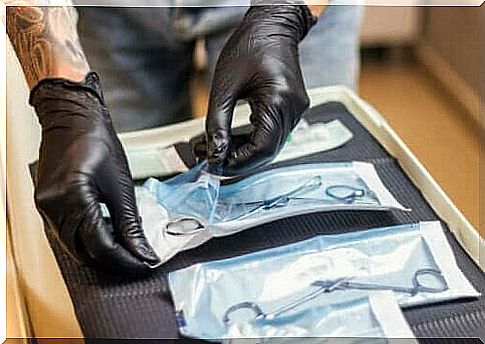
What does the success of a piercing depend on?
It is important to be informed about the topic in order to know all the phases of the procedure before reviewing it. This avoids improvisations that can affect the final result.
It is important to first examine the ear that is to be pierced in order for an industrial piercing to be successful. This is why you should always consult an expert.
This study is to choose the most appropriate position and angle to pierce the cartilage of each individual, given that all ears have a specific size and shape.
This is because not paying attention to this phase of the process can lead to the piercing of the wrong part of the ear and it can lead to discomfort, irritation and frequent pain. A bad procedure can escalate to a major problem. Examination of the ear is also the key to choosing an appropriate size of industrial piercing bar.
The chance of infection in an industrial piercing
There may be infections in all types of piercings due to severe carelessness or failure to maintain proper treatment, as recommended by the specialist. In the case of industrial piercings, the proximity of an oily area, such as hair, can lead to the colonization of bacteria.
The chance is also a little higher because there are two piercings to take care of. However, you can prevent discomfort with proper cleaning.
Some symptoms of an infection in an industrial piercing may include:
- heavy bleeding
- plaster in large quantities
- swelling without improvement
- intense pain
In case of infection
Ideally, do not allow a piercing to become infected because the upper cartilage is an area that takes longer than usual to heal. This is explained by the lack of blood concentration.
In any case, you can take measures to prevent the situation from developing and getting worse if an infection occurs. These are:
- Clean the area with a saline solution to keep the infection at bay.
- Do not remove the metal rod as lumps may form in the punctured holes.
- Apply ice to reduce swelling and redness that may occur around the infected area.
- Wipe the entire area after cleaning and always make sure there are no residue or debris left.
Proper finishing of an industrial piercing
Taking care of the piercing is the key to accelerating the healing process of each of the holes. It is also necessary to prevent bacteria from settling and complicate the formation of new tissue.
Here’s what you need to know for an industrial piercing to grow properly:
- Wash the pierced areas three times a day with soap and water.
- Keep hair away from the pierced area so as not to transfer dirt or grease.
- Do not change jewelry. This is the key to avoiding getting dirty to the bar.
- Do not sleep on the piercing, as it may cause redness and inflammation.
- Clean the jewelry with a saline solution to prevent dirt from accumulating.
- Do not remove the piercing until it is completely healed, as this may result in serious injury.
- Do not clean with alcohol, it is counterproductive to the medical process.
- Dry the area well so that no lumps or harmful substances accumulate.
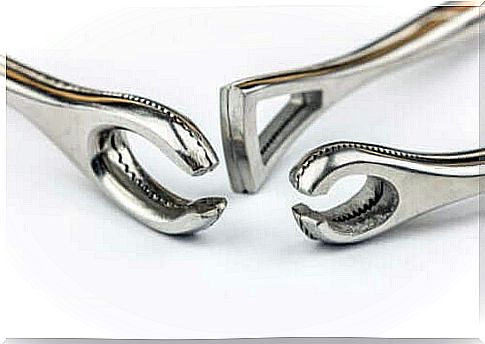
A detailed guide to taking care of and protecting your new style
There are some final recommendations to consider to increase your chances of success with this procedure. For example, skip the headphones and other accessories that may rub on the area.
Do not remove crusts, as you will only make a new wound each time. Remember that the final healing process takes from 6 to 12 months. However, it all depends on the individual.
Contact your piercer immediately if you notice any irregularities to prevent major risks. Remember that you can only remove the jewelry after the specialist has examined it and says that it is okay to do so.


